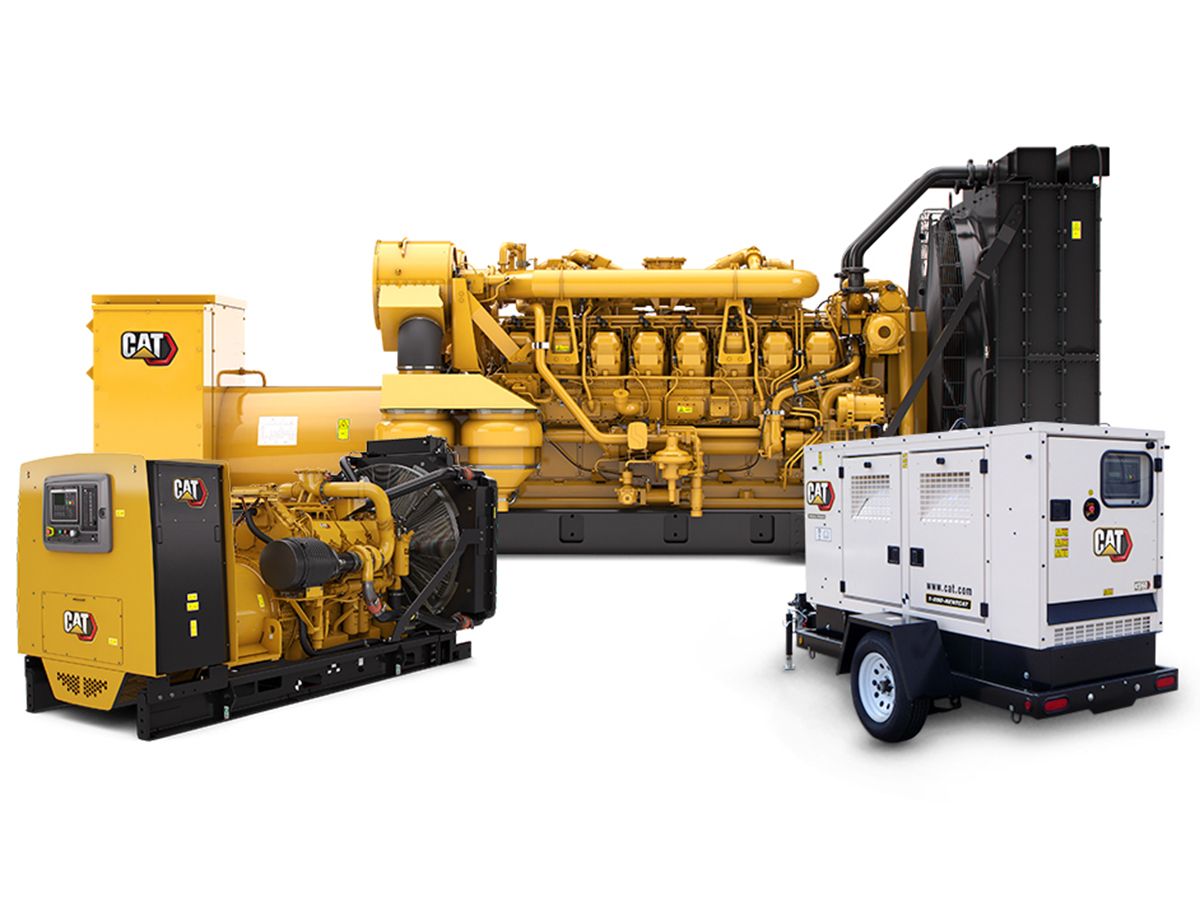Don't see what you need? Check our comprehensive list, here.

The new math of the corporate giant world favors on-site power.
These things vary according to stock exchange fluctuations, but any list of the biggest invariably includes Apple, Google (known as Alphabet on the market), Facebook, Microsoft and Amazon.
What does each of these have in common?: 1) None existed 50 years ago; and 2) they all employ massive data centers which require GWs of energy and must keep running at all times under all conditions.
Google, Apple and the rest all garner headlines with stories about renewable energy virtual power purchase deals involving billions of dollars in financial off-sets to energy use. VPPs are indirect ways of financing more renewable energy on the grid, whether those clean electrons get to the specific data center or not.
But what each of those data centers also have in common are on-site gen-sets which ensure operation under adverse conditions. U.S. data centers alone use more than 90 billion kWh of electricity, according to Forbes, and that power is crucial to the everyday cyber workings of corporate America and the world.
See related: Grounding Requirements for Portable Generators
In this era of coronavirus and (hopefully short term) travel bans, data transfer and communication will become more important than ever.
Research firm Technavio delivered a report this week predicting the global generator market for data centers will grow by $2.6 billion through 2024. Last year, Google announced plans to invest about $1.3 billion to build data centers across the U.S.
This is potentially good news for on-site power gen-set manufacturers such as Cummins and Caterpillar. And many on-site power companies are also integrated into plans for microgrids as mission critical services seek energy resiliency in the face of climate change impacts and grid challenges.
